
Saône-et-Loire is a department in the Bourgogne-Franche-Comté region in France. It is named after the rivers Saône and Loire, between which it lies, in the country's central-eastern part.
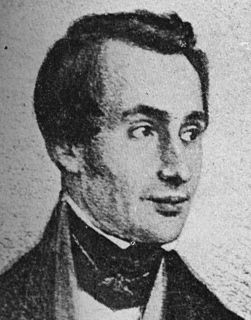
Jean Victor Audouin, sometimes Victor Audouin, was a French naturalist, an entomologist, herpetologist, ornithologist, and malacologist.
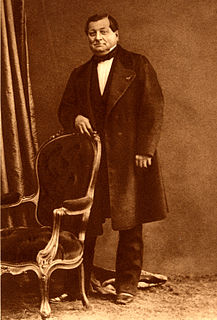
Jean Baptiste Alphonse Déchauffour de Boisduval was a French lepidopterist, botanist, and physician.

Alexandre Brongniart was a French chemist, mineralogist, geologist, paleontologist, and zoologist, who collaborated with Georges Cuvier on a study of the geology of the region around Paris. Observing fossil content as well as lithology in sequences, he classified Tertiary formations and was responsible for defining 19th century geological studies as a subject of science by assembling observations and classifications.

Pierre-Justin-Marie Macquart was a French entomologist specialising in the study of Diptera. He worked on world species as well as European and described many new species.
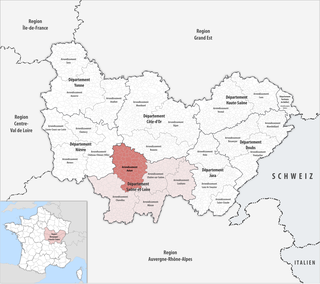
The arrondissement of Autun is an arrondissement of France in the Saône-et-Loire department in the Bourgogne-Franche-Comté region. It has 89 communes. Its population is 131,392 (2016), and its area is 1,994.3 km2 (770.0 sq mi).
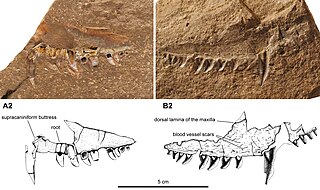
Neosaurus is an extinct genus of pelycosaur-grade synapsids from the Late Carboniferous-Early Permian of the Jura region of France. It is known only from a partial maxilla or upper jaw bone and an associated impression of the bone. The teardrop shape of the teeth in the jaw indicate that Neosaurus belongs to the family Sphenacodontidae, which includes the better-known Dimetrodon from the Southwestern United States. The maxilla was first attributed to an early diapsid reptile in 1857, and later a crocodylomorph in 1869, before finally being identified as a sphenacodont synapsid in 1899, a classification that still holds today.

The Roman Catholic Diocese of Autun (–Chalon-sur-Saône–Mâcon–Cluny), more simply known as the Diocese of Autun, is a diocese of the Latin Rite of the Roman Catholic Church in France. The diocese comprises the entire Department of Saone et Loire, in the Region of Bourgogne.

Antully is a commune in the Saône-et-Loire department in the Bourgogne-Franche-Comté region in eastern France.
Montcellia is an extinct genus of nectridean lepospondyl within the family Urocordylidae that lived in the late Carboniferous period in the modern France.
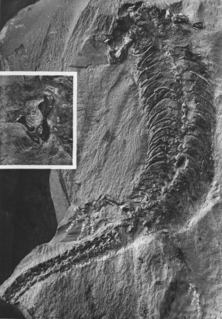
Sauravus is an extinct genus of nectridean lepospondyl within the family Scincosauridae.

Tritia nitida is a species of sea snail, a marine gastropod mollusk in the family Nassariidae, the nassa mud snails or dog whelks.

Cerithium lividulum is a species of sea snail, a marine gastropod mollusk in the family Cerithiidae.
Henri Émile Sauvage was a French paleontologist, ichthyologist, and herpetologist. He was a leading expert on Mesozoic fish and reptiles.
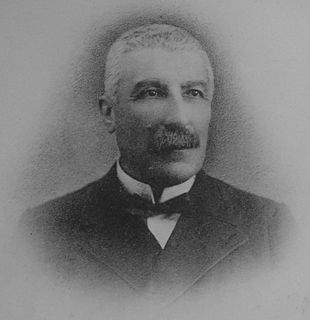
François-Xavier Gillot was a French physician, mycologist and botanist.
Jean Louis Lucand was a French mycologist and mycological artist.

The Friends of the Natural History Museum is a French non-profit organisation, created in 1907 and recognized as a charity in 1926. Its purpose is to give practical and financial support to the Muséum national d’Histoire naturelle in Paris, France, enrich its collections, zoo, laboratories, greenhouses, gardens and libraries, and to promote scientific research and education related to it.
Bernard Renault was a French paleobotanist. He was a specialist in regard to the anatomy of Carboniferous and Permo-Carboniferous period flora.
The canton of Autun-2 is an administrative division of the Saône-et-Loire department, eastern France. It was created at the French canton reorganisation which came into effect in March 2015. Its seat is in Autun.
Rhynchosauroides is an ichnogenus, a form taxon based on footprints. The organism producing the footprints was likely a lepidosaur and may have been a sphenodont, an ancestor of the modern tuatara. The footprint consists of five digits, of which the fifth is shortened and the first highly shortened.













